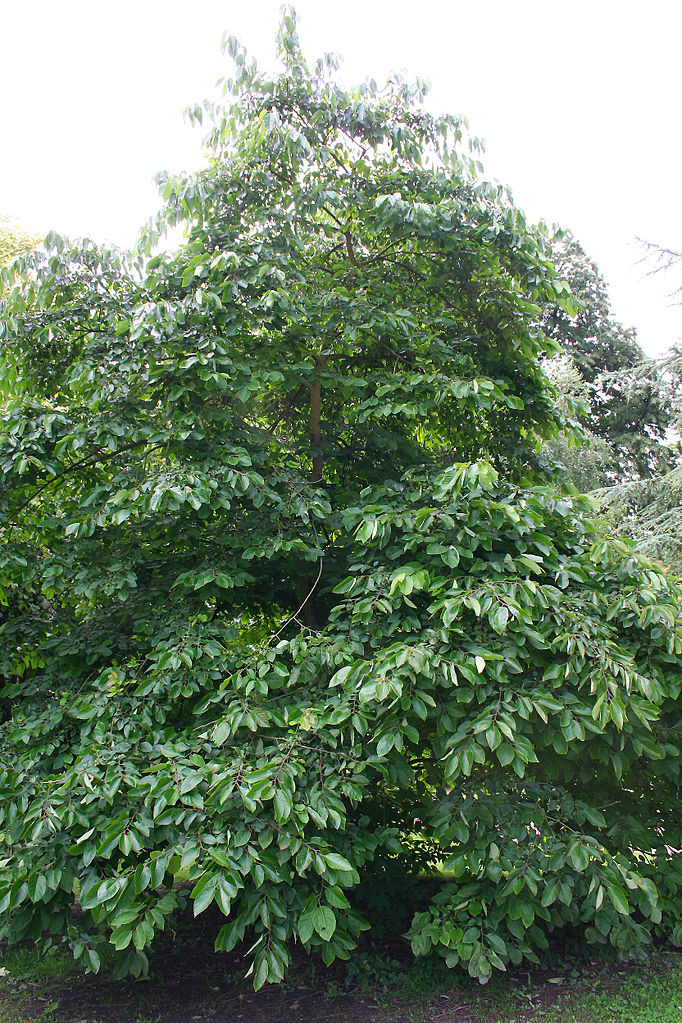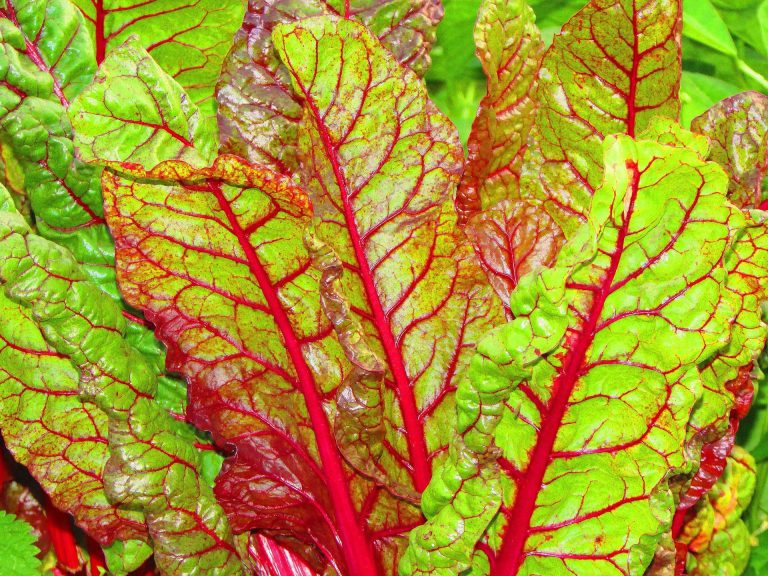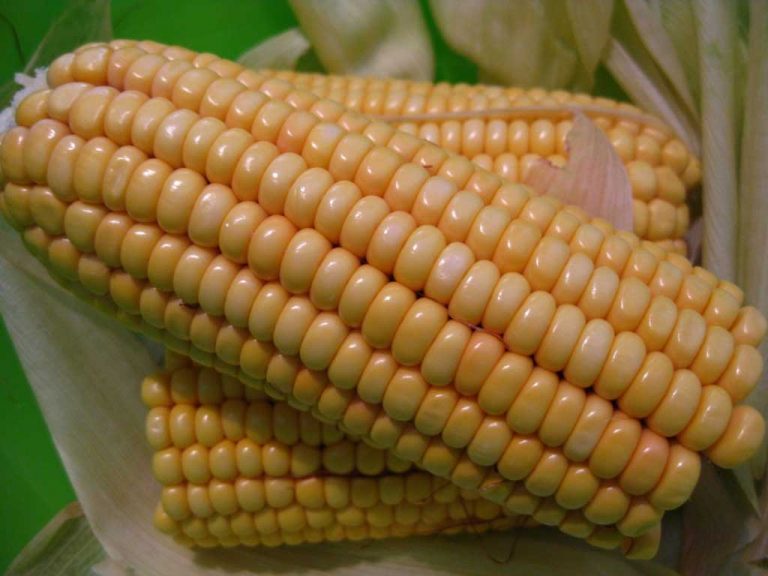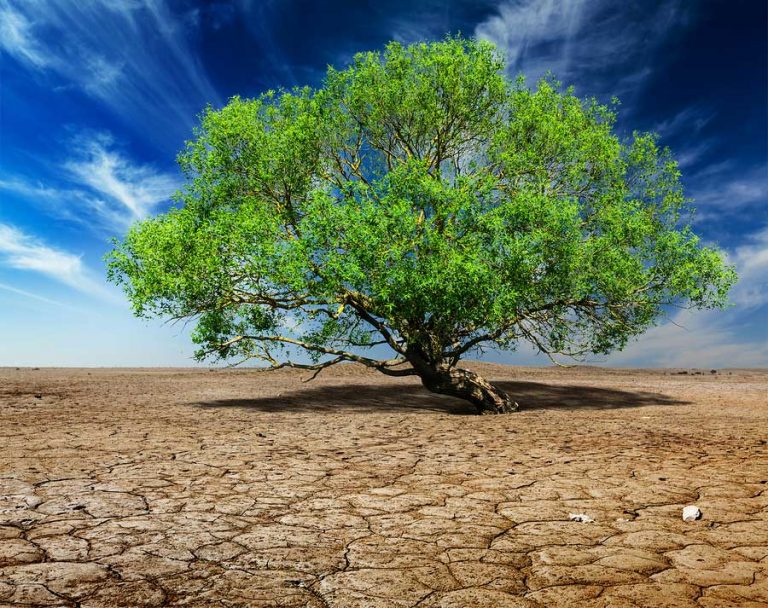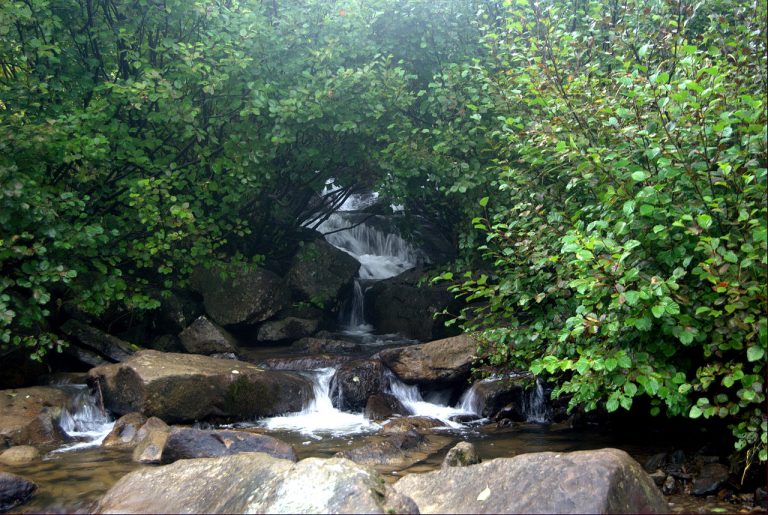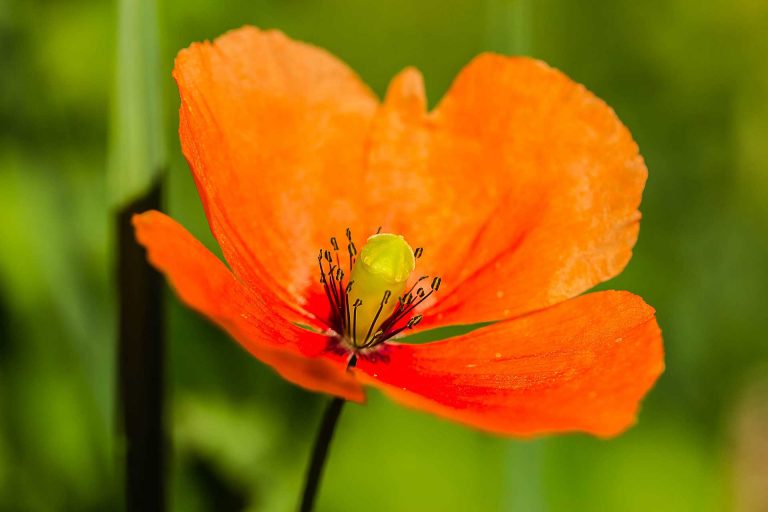Eastern Persimmon
Scientific Classification
| Kingdom: | Plantae |
| Genus: | Diospyros |
| Family: | Ebenaceae |
| Species: | D. Virginiana |
| Order: | Ericales |
The Eastern persimmon tree is also known as Sugar Plum, Eastern Persimmon, American Persimmon, Possum Wood, and Simmon. It is a small tree and grows to 80 feet in height. It grows wild, but Native Americans have been cultivating it for its wood and fruit since prehistoric times. The fruit of the eastern persimmon tree has a flavor of honey and has rich flavors, and its texture is like jelly. It is very easy to get its fruit if only a self-fertile female tree is planted. The botanical name of eastern persimmon is “Diospyros”. This means “food of the gods”. It is a medium-sized, slow-growing tree with magnolia-like dark green leaves. The fruits of persimmon trees are nutritious and are rich in Vitamin C and iron. The fruit ripens in the months of September to November. Its flavor is like a dry apricot. The Eastern persimmon tree is well known for its fruit. The areas which have mild summer and moderate winter are good for Persimmon trees. They grow well in these areas. The eastern persimmon tree was brought before 1629 in England. Some varieties like “NC21” and “Pieper” are early ripening varieties of persimmon and are known as “super sweet”.
Anatomy
The flowers of the Eastern Persimmon are pollinated by wind and insects. It produces fragrant flowers. Both female and male plants are required to produce fruit. The leaves of the eastern persimmon tree are simple, and are 4 to 6 inches long. At the base, they are rounded, narrow and oval in shape. When leaves turn half brown in color, then flowers are obtained in the months of May and June. The fruit is a juicy berry, which contains 1 to 8 seeds. The pollination of these trees is unique because sometimes, the female tree produces male flowers and male trees produce female flowers. The tree is beautiful and attractive and they have large glossy leathery leaves. In fall, these leaves turn into beautiful bright colors. But after the leaves drop, the bright orange fruit often hangs on the branches of the tree.
Habitat
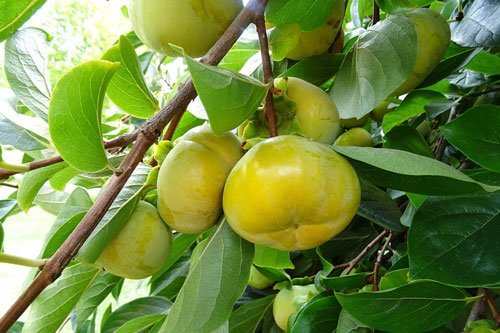
Eastern persimmon trees are native to Florida, from Connecticut and long island and to Kansas in the west. It is also found in the Southern Indiana, Southern Ohio and from central Illinois to Oklahoma, Southeast Iowa to the valley of the Colorado River in Texas. It has many ornamental features which make it a good choice for the edible landscape tree. The best development of this tree takes place in the coastal river valley and bottom lands of the Mississippi river and its tributaries. The Persimmon tree is adaptable to low water supply areas. But, it does not grow in the range of the Appalachian Mountains.
Growing at Home
Soil
Well drained soil is best for the Eastern Persimmon tree, but it grows in many soil conditions. It grows in dry, fertile soil. It grows in ranges from rocky hillsides to river bottoms and in sandy woodlands. It can also tolerate wet soil, but grows well in light sandy soil. Once it establishes, it could also tolerate drought.
Planting
When planting the persimmon tree, digging deeply is ideal because of its long taproot. The spring season is the best time to plant a Persimmon tree. These trees grow well in full sunlight and well drained soil. The mature tree can range from 15 to 40 feet tall. It grows well in humid climates.
Watering
Watering for the eastern persimmon tree is necessary in the first season. As they produce a lot of root suckers. By applying a thick layer of organic mulch these are discouraged. For the best quality food, watering and fertilizing is necessary.
Care
A good watering and mulching take good care of the Eastern Persimmon trees. For the best growth, organic fertilizers are ideal. By applying organic fertilizers, the tree will produce 1 foot of growth each year. Over-fertilizing with nitrogen is harmful for them. Over fertilizing will cause the fruits to drop prematurely. Pruning in the late winter season is good, but mature Persimmon trees require additional pruning.
Uses
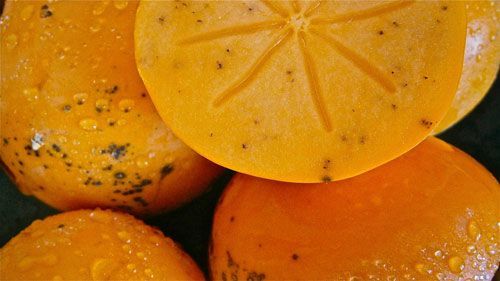
The fruit of the Eastern Persimmon tree is very low in fat and high in calories. Its flesh is a very good source of fiber. The fruit of Persimmon can be eaten cooked, dried or fresh. Raw fruit can be eaten like an apple. Fresh fruits contain rich amounts of minerals like copper, potassium, phosphorus and manganese. The wood of this tree is strong, heavy and is used in wood turning. The flavor of the persimmon fruit is really wonderful and unique. It is also eaten as fruit salad and used in the making of jam. Hardy and mature persimmon fruits can be stored in the freezer for a long time. Dried fruit can be used in the making cakes, cookies, muffins, topping in breakfast cereal and in salads. Pudding of fresh Persimmon is a popular desert. Dry fruits are also used in deserts. People also use it to make of a traditional Korean spicy recipe called “Sugeonggwa”. A persimmon vinegar “gamsikcho” is also made from the fermented fruit of the persimmon tree. Dried fruits of persimmon are available in the markets. They have similarities to Apricot. The fruits are harvested when they are hard and fully matured.
The persimmon fruit is nutritious and healthy. It has many anti oxidants which are good for health. They contain antioxidants like gallocatechins, and catechins. They also have antitumor compound like betulinic acid. Catechin antioxidants are anti inflammatory, anti hemorrhagic and anti infective. These are very beneficial. Fresh Persimmons have compounds like vitamin A, Lycopene, Beta Carotene, Cryptoxanthin and Zea-Xanthin, and these compounds are protective scavengers against reactive oxygen species and oxygen derived free radicals. These play a very important role in various disease processes and in aging. In the old age, the Zea-xanthin antioxidant helps to prevent age related macular degeneration disease (ARMD) that affects older people and causes retinal damage. As Persimmons are a good source of Vitamin C, it helps in resisting infectious agents. The fruit is also rich in many B-complex vitamins Like Pyridoxine, Thiamin and Folic Acid. These vitamins are good for metabolic enzymatic function in the body.
Pests
In the home gardens, the Eastern Persimmon trees are pest free. It does not have any disease or pest problem. But, birds are the destructive pests of the Persimmon tree. The trees are also attacked by scales, persimmon psylla and borers. And in the south it is damaged by the citrus mealybug pest.

Having discovered a fondness for insects while pursuing her degree in Biology, Randi Jones was quite bugged to know that people usually dismissed these little creatures as “creepy-crawlies”.

